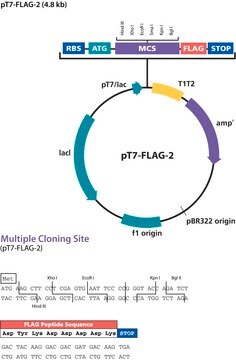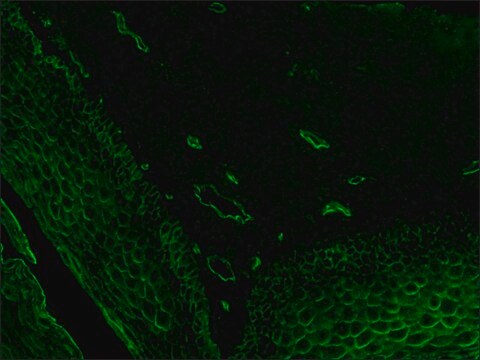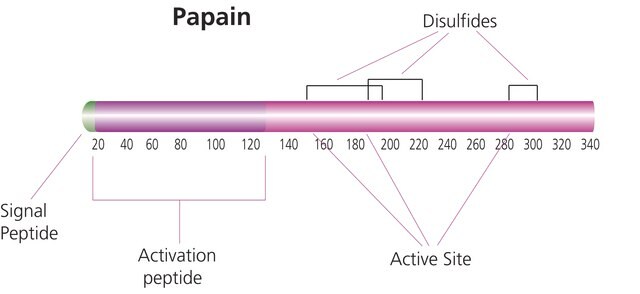OGS93
PSF-CMV-NH2-HA-EKT-NCOI - N-TERMINAL FLU HA TAG PLASMID
plasmid vector for molecular cloning
Synonym(s):
cloning vector, expression vector, molecular cloning vector, plasmid, plasmid vector, snapfast vector, vector
About This Item
Recommended Products
tag
Hemagglutinin A (HA) tagged
form
buffered aqueous solution
mol wt
size 4265 bp
bacteria selection
kanamycin
Origin of replication
pUC (500 copies)
Peptide cleavage
no cleavage
Peptide tag location
N-terminal
Promoter
Promoter name: CMV
Promoter activity: constitutive
Promoter type: mammalian
reporter gene
none
shipped in
ambient
storage temp.
−20°C
General description
Promoter Expression Level: This plasmid contains the mammalian CMV promoter to drive gene expression. We have tested all of our mammalian promoters in a range of cell types and CMV is consistently the strongest in those we have studied. However there are many reports of the CMV promoter demonstrating silencing by methylation in long-term culture.
Application
There is a start codon in the NcoI site can be removed by digestion with KpnI if required. The MCS for gene insertions extends from NotI to XbaI however the tag resides between the NotI and HindIII sites. There are Shine-Dalgarno sequences and KOZAK sequences aligned with the start codon of the peptide tag.
The ClaI to NheI sites have other functions such as adding C-terminal peptide tags second promoters or IRES expression components. The BsgI and BseRI restriction sites cleave within the stop codon in the XbaI site and allow the retrospective fusion of C-terminal peptide tags sequences if the stop codon is placed in this position.
Sequence
Analysis Note
related product
Storage Class Code
12 - Non Combustible Liquids
Flash Point(F)
Not applicable
Flash Point(C)
Not applicable
Certificates of Analysis (COA)
Search for Certificates of Analysis (COA) by entering the products Lot/Batch Number. Lot and Batch Numbers can be found on a product’s label following the words ‘Lot’ or ‘Batch’.
Already Own This Product?
Find documentation for the products that you have recently purchased in the Document Library.
Our team of scientists has experience in all areas of research including Life Science, Material Science, Chemical Synthesis, Chromatography, Analytical and many others.
Contact Technical Service








